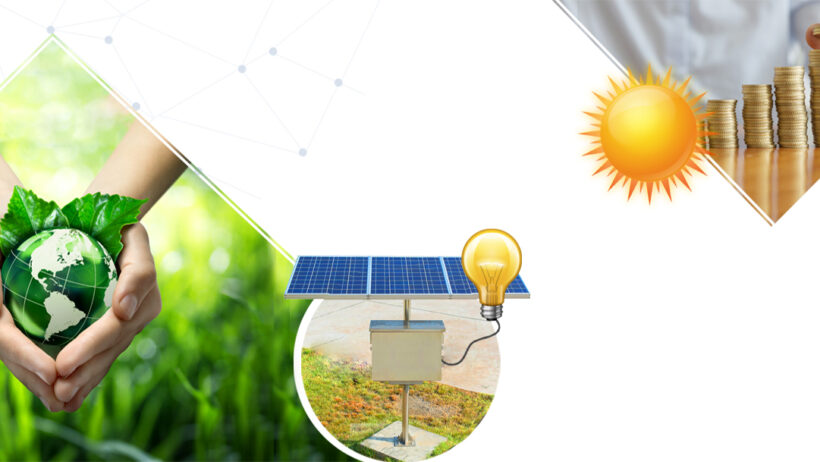Energy conservation is not merely a personal endeavor; it is a collective imperative that transcends individual households and spills over into national and global agendas. As we grapple with the harsh realities of climate change—observable through erratic weather patterns, melting ice caps, and rising sea levels—it becomes increasingly evident that every action counts. Our planet’s future hinges on our ability to rethink energy consumption and elicit transformative changes in our daily practices. This compendium seeks to elucidate diverse strategies for energy conservation, encouraging individuals and communities to adopt more sustainable behaviors.
Understanding Energy Resources
To embark on the journey of energy conservation, one must first comprehend the various types of energy resources available today. The energy landscape is diverse, spanning fossil fuels, nuclear energy, and an assortment of renewable resources, including solar, wind, and hydroelectric power. Fossil fuels—oil, coal, and natural gas—have been the dominant sources of energy for centuries, yet their detrimental effects on the environment are becoming increasingly undeniable. The unabated extraction and combustion of these resources contribute not only to greenhouse gas emissions but also to habitat destruction and pollution.
On the contrary, renewable energy sources present a promising solution. Solar panels harness sunlight, wind turbines capture gusts of air, and hydroelectric plants utilize flowing water. Transitioning to these cleaner alternatives ought to be at the forefront of our collective mission to conserve energy and, consequently, preserve our planet.
Embracing Energy-Efficiency
The cornerstone of energy conservation rests within the concept of energy efficiency. Small adjustments in behavior can yield significant reductions in energy use. For instance, transitioning from incandescent to LED bulbs results in substantially lower electricity bills and a reduced carbon footprint. Similarly, employing energy-efficient appliances can culminate in palpable savings and less consumption overall.
A more nuanced approach involves the implementation of smart home technologies. Thermostats that learn from occupants’ habits can optimize heating and cooling, conserving energy during idle hours. Additionally, retrofitting homes with superior insulation and energy-efficient windows can diminish dependency on heating and cooling systems, yielding long-term benefits for both homeowners and the environment. The financial incentives provided through various federal and state initiatives can further catalyze this shift.
Transportation Innovations
The transportation sector emanates a significant share of global greenhouse gas emissions. Embracing energy conservation necessitates a critical reassessment of how we travel. One must acknowledge that alternatives are abutting our current paradigms. Public transport systems, carpooling, biking, and walking should not merely emerge as afterthoughts but as primary modes of transit in urban layout and daily routines.
Moreover, the electrification of vehicles represents a burgeoning frontier in energy conservation. Electric vehicles (EVs) emit no tailpipe emissions, and their deployment can significantly diminish reliance on fossil-fueled transportation. The integration of renewable energy to power charging stations compounds this benefit. In our quest to mitigate climate change, choosing public or shared transport can translate to hundreds of pounds of CO2 emissions saved annually per individual.
Conscious Consumption
Our choices as consumers wield extraordinary power. Participating in a culture of conscious consumption means being judicious about the products we procure. Selecting locally-sourced, sustainable goods not only supports local economies but also diminishes the carbon footprint associated with transportation. It is essential to become attuned to the lifecycle of products—from their production to their disposal—and to lean towards sustainability at every juncture.
Furthermore, reducing waste through practices such as “upcycling,” composting, and recycling can significantly reduce the energy consumed in manufacturing new products. Educating oneself and others about the environmental impacts of fast fashion, plastic usage, and electronic waste fosters a culture of accountability and stewardship.
Advocating for Policy Change
While individual efforts are crucial, systemic change remains paramount. Advocating for policy changes that favor sustainability—such as tax incentives for renewable energy investments or stricter regulations on emissions—can facilitate broader transformations. Citizens can mobilize through grassroots movements, urging corporations and governments to prioritize the health of the planet over short-term profits. Voting for environmentally-conscious candidates and supporting legislation that seeks to mitigate climate change can effectuate significant progress.
Educating the Next Generation
Equipping future generations with the knowledge and skills to tackle climate change is one of the most enduring legacies we can forge. Integrating environmental education into curricula can empower students with the tools to innovate and embrace sustainability. Fostering a sense of responsibility towards the planet will encourage children to be proactive stewards of their environment, leading to profound, generational changes in energy attitudes and behaviors.
Conclusion
In conclusion, conserving energy is not merely a recommendation; it is an obligation we carry toward our planet and future generations. By embracing renewable technologies, enhancing energy efficiency, critiquing consumption patterns, advocating for policy adjustments, and nurturing the next generation, we can collectively shift toward a more sustainable paradigm. The path to conservation is fraught with challenges, yet it is illuminated by the promise of a healthier, more sustainable planet—a goal worth pursuing with unrelenting fervor.








